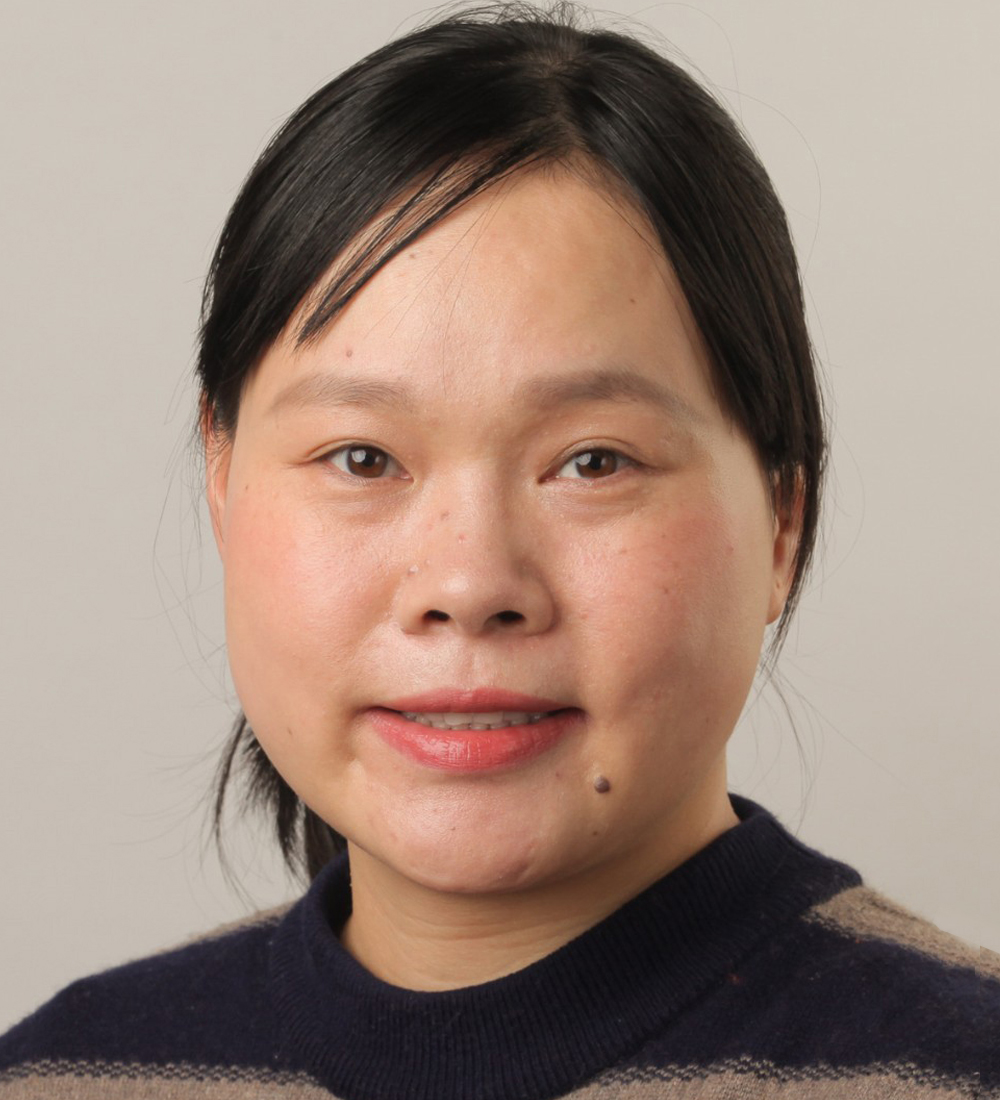Circular RNAs

Circular RNAs (circRNAs) are a novel class of highly enriched non-coding RNAs that regulate gene expression in normal and diseased brains. However, despite the demonstrated circRNA function in human neurons, circRNA landscapes in other brain cells remain elusive, partly due to the lack of an effective means for circRNA identification. A team led by Dr. Ying Bao has developed CARP (CircRNA identification using A-tailing RNase R approach and Pseudo-reference alignment), a comprehensive computational framework that allows for sensitive, accurate, and quantitative circRNA identification.
As described in this study, the team used CARP to identify developmentally programmed circRNA landscapes and novel circRNA-miRNA-mRNA pathways in human oligodendroglia, the myelinating cells that govern neuronal conductance. The team's work offered a methodological advancement in circRNA discovery and revealed novel insights that govern early differentiation of human oligodendroglia, a key step affected in numerous myelin-related human brain diseases. Taking advantage of these established experimental and computational platform, Dr. Bao's lab is currently exploring the key circRNA dysregulation and their potential contribution to Alzheimer's disease.
Neonatal GALT

In this manuscript, a team led by Dr. Judith Fridovich-Keil presents the results of a time course study using a self-complimentary AAV9 vector to restore GALT activity shortly after birth in a GALT-null rat model of classic galactosemia. The results document restoration of GALT activity in both liver and brain as well as clear metabolic rescue in these and other tissues.
The team also demonstrated significant correction of two adverse outcomes associated with classic galactosemia: cataracts and pre-pubertal growth delay. Combined, these pre-clinical data demonstrate the promise of gene therapy as a possible intervention for improved patient outcomes in classic galactosemia.
TIGAR-V2

Dr. Jingjing Yang's lab has developed an efficient tool named TIGAR-V2 for enabling Transcriptome-wide Association Studies (TWAS), which can fit both Elastic-Net penalized regression model and nonparametric Bayesian Dirichlet Process regression model for training gene expression imputation models. TIGAR-V2 conducts both Burden and Variance component TWAS testing using both individual-level and summary-level GWAS data.
Dr. Yang's lab has also provided trained gene expression imputation models by nonparametric Bayesian method for 49 tissue types from GTEx V8.


